Top 10 Common Hedge Plants
Last Update :2024.10.24
Article Catalog
Hedge plants refer to hedge-like trees or shrubs formed by intensive planting. In order to facilitate management, plants with leafy branches, easy pruning and slow growth should be selected, which are easier to plant. reason. What are the top ten common hedge plants? Let’s find out!

Purple leaf barberry
Purple-leaf barberry
Purple-leaf barberry has many branches, purple-red leaves alternate, rhombus or obovate, umbel-shaped inflorescences, and yellow-white flowers. The berries are oblong in shape and turn red when ripe. It likes a warm and humid growing environment. Relatively cold-resistant, but avoid excessive moisture and resistant to pruning. Propagation methods include sowing and cutting. Suitable for large color block layout in gardens.
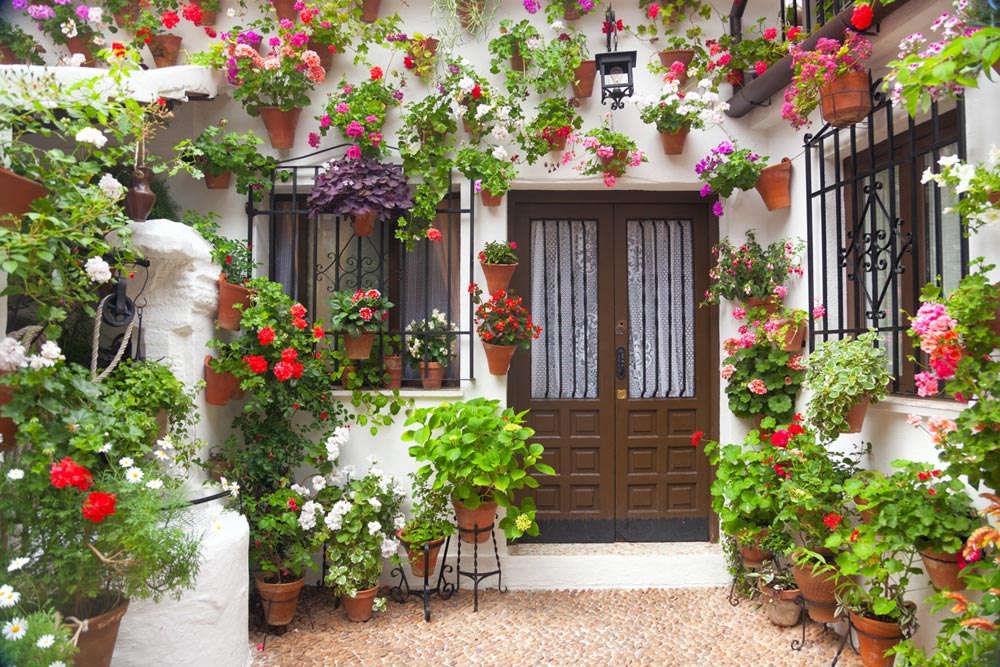
Golden Leaf Ligustrum
Gold Ligustrum lucidum has many branches, and the opposite leaves are oval. When there is sufficient sunlight, the leaves are golden yellow, and under semi-shade conditions, they are yellow-green. Small white flowers bloom.
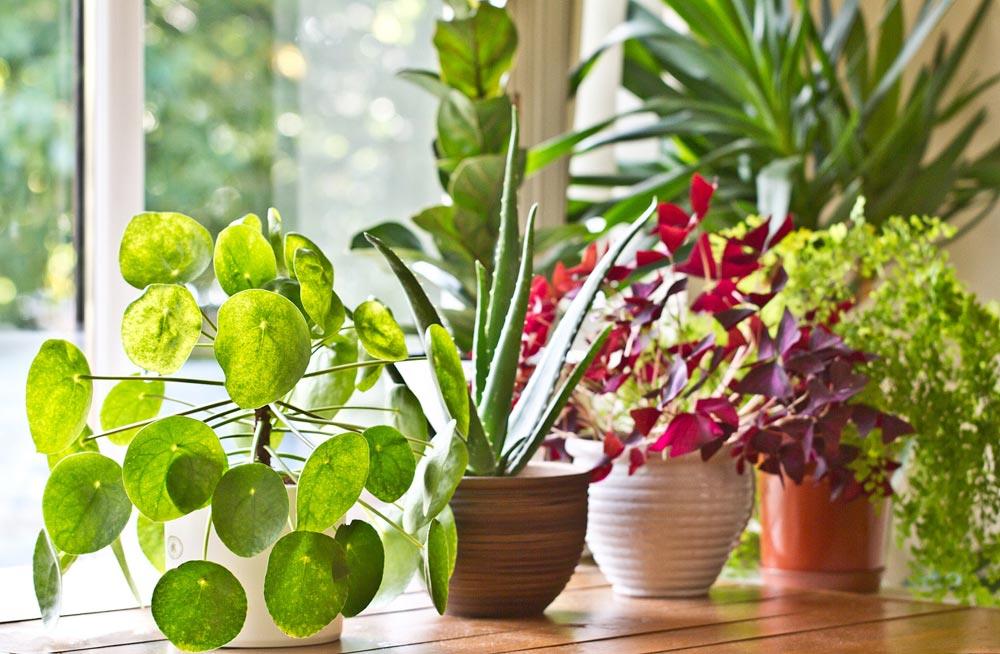
Leaf Ligustrum
The branches of small-leaf Ligustrum lucidum are spread out, the leaves are oval or round, and the flowers are fragrant. The fruit is purple-black. It is relatively tolerant to cold and shade, resistant to pruning, can be sown and cutted, and has a strong effect on greening the environment.
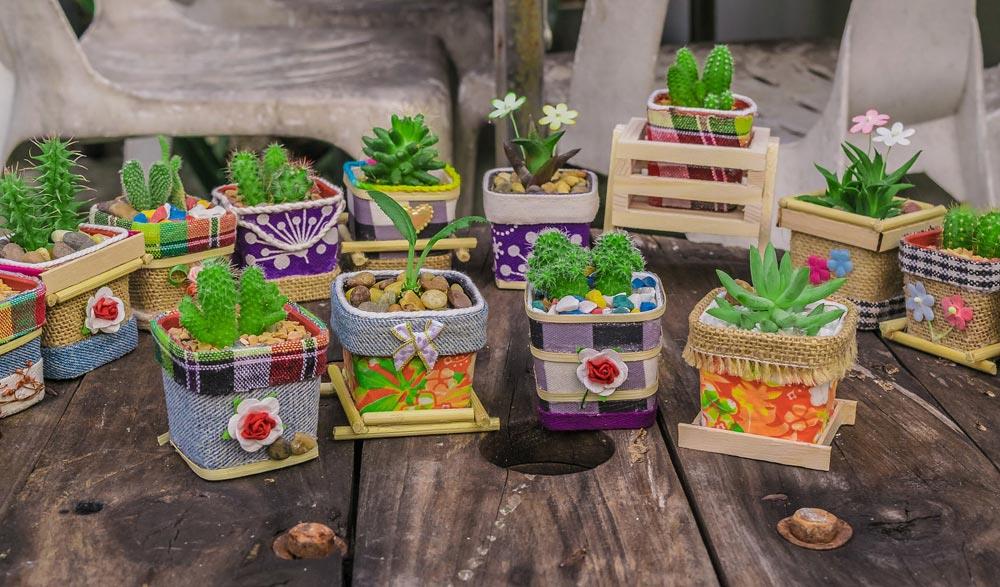
Arborvitae
Arborvitae fruit and seeds are approximately ovate. It likes sun, has a certain shade tolerance, is relatively cold-tolerant, and has a wide range of soil selectivity. Resistant to pruning.

Juniper cypress (also called juniper)
The color of juniper bark is very distinctive, and the spherical fruits bloom in late April and mature from October to November of the following year. It likes sunshine and has strong shade tolerance. And resistant to cold and heat. Both sowing and cutting can be done.

Rose
The roses are blooming for viewing. Value, mostly purple-red or white, fragrant, flowering period from April to July. Strong adaptability, drought-tolerant, cold-tolerant, and intolerant to waterlogging. It likes a sunny environment, grows quickly and is very easy to manage.

Big-leaved Boxwood
The branches and leaves of big-leaf boxwood are opposite and dense, and can be pruned and shaped. The leaves are dark green, oval in shape, the flowers are green and white, and the fruits are red. They mature in September to October. They can be planted in ordinary soil and can be propagated by cuttings or sown. It likes light, tolerates shade, grows slowly and has poor cold tolerance.

Forsythia
Forsythia 3 ~Blooms in May. When the flowers bloom, they will have an elegant fragrance. The golden branches are very beautiful and are suitable for roadside planting. Because the roots are relatively developed, they can be planted as flowerweeds or berm trees.
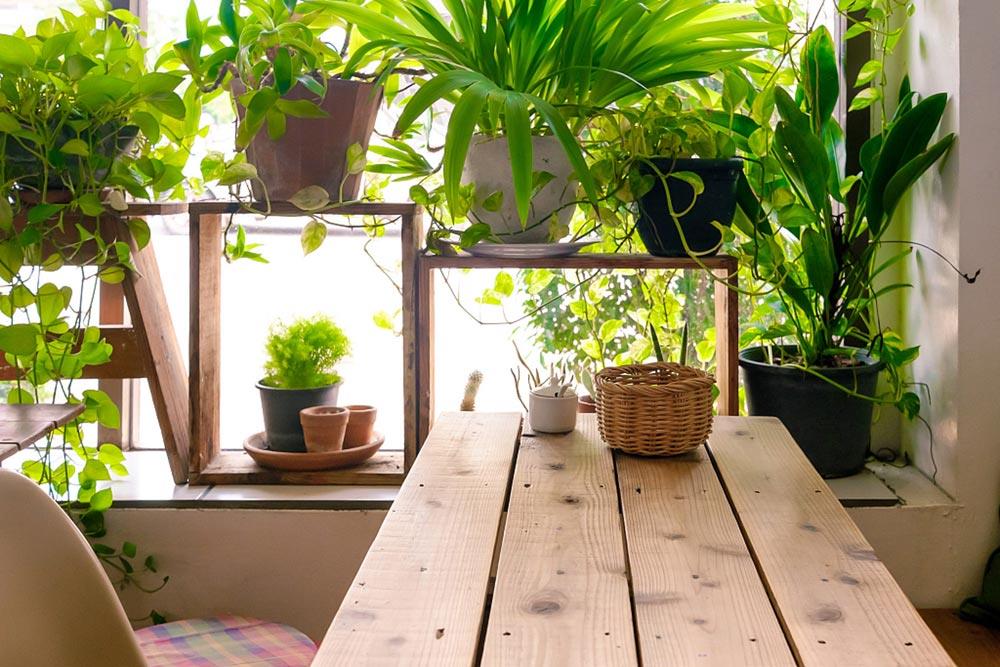
Buxus small-leaf
Small-leaf boxwood Boxwood has four single opposite leaves, dense branches and leaves, and prismatic leaves. It likes a warm and humid climate and loose, fertile soil. Suitable for frequent pruning, but afraid of moisture. The propagation method is sowing or cutting.

Purple Sui
Purple Sophora japonica is a deciduous shrub with thick branches that grow upward and small oval leaves. The flowering period is from May to June. Relatively cold and drought tolerant.
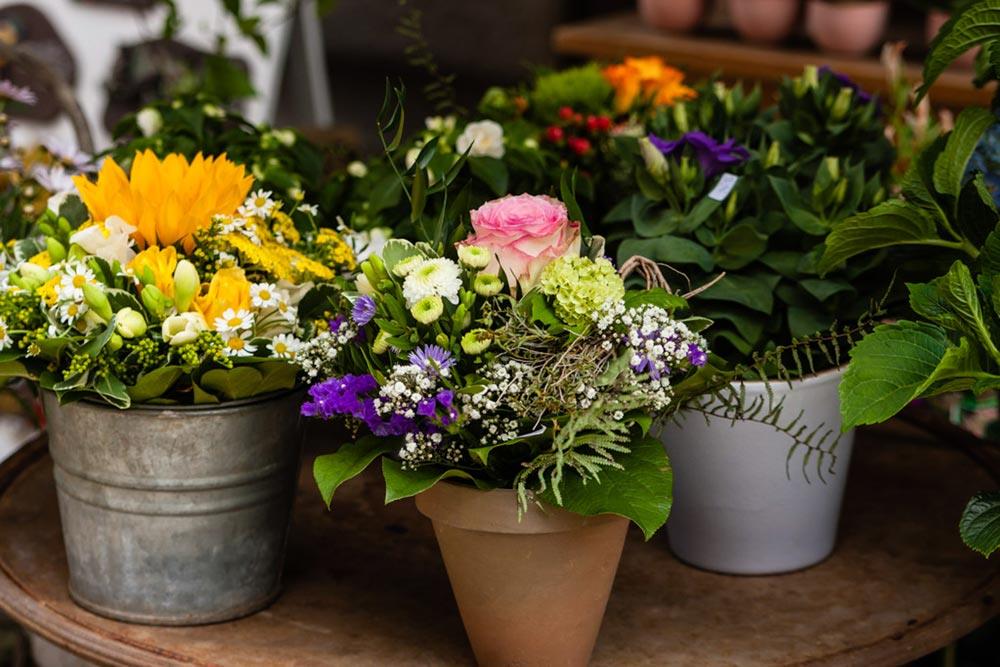
golden leaf privet
Ligustrum lucidum
Arborvitae
Juniper (also called juniper)
Rose
Big-leaf boxwood
Forsythia
Small-leaf boxwood
Zi Sui
- END -
What potted plants can be grown from seeds?
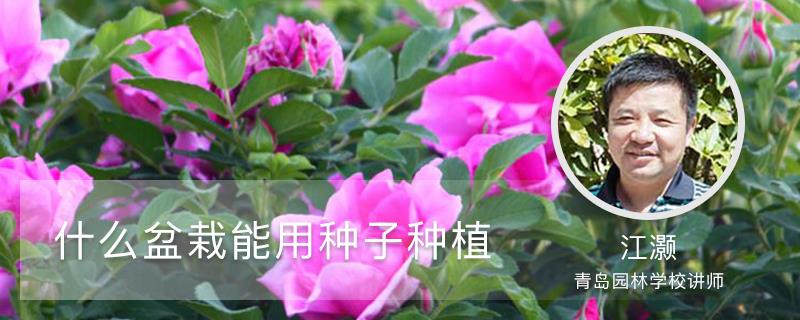
There are many potted plants that can be grown from seeds. Fruits such as lemons, ...
How to grow Emei roses

It is also called mountain pomegranate and thorn pomegranate. It is widely distrib...